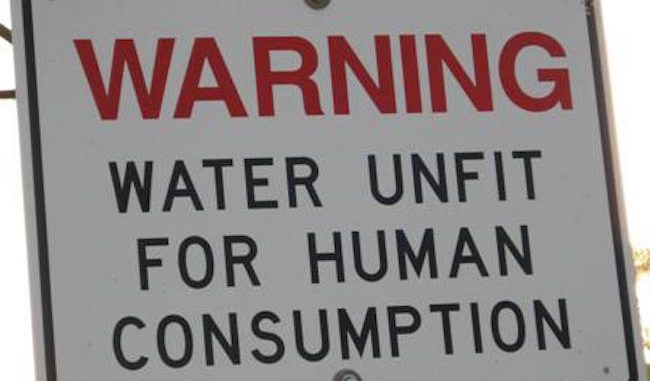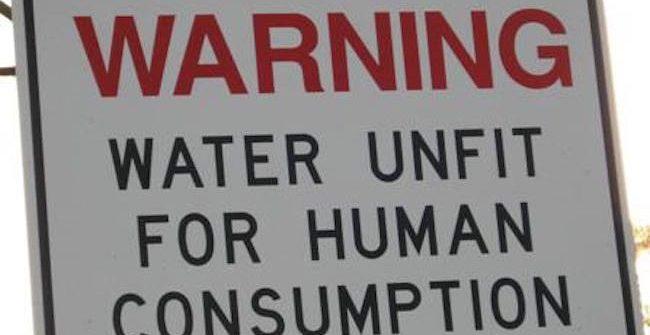How to hook more customers to your survey
In the previous blog, we discussed the placement of the survey was important for decreasing response pain. We wrote on how to look at the customer journey and factors to consider when blueprinting your survey placement. Today’s blog has a more positive approach to the survey. We focus on how your company can hook more customers to respond to your survey. What is crucial in the split seconds when decisions are made on whether or not to respond? We will look to customer’s initial impression of the survey and give a how-to, to get more customers to engage with a stationary survey system.
A good start for any discussion on boosting response rate is which type of survey system are you using. There is big difference between an exit interview, an online survey and a stationary survey system (e.g. tabsurvey). With the exit interview, you have the personal interaction that draws you in (a smile and a friendly greeting). “Hi, can I borrow a minute of your time?”. With e-mail surveys, responders can calmly respond when they wish to and is therefore less intrusive. Responders are also able to return at their convenience. With a stationary system like Tabsurvey, you need to deliver the hook within the first few seconds, and is the big differentiator. Why is this so important? – Simply because otherwise customers will pass it by and you lose their feedback.
So today’s topic is on how you can create a good first hand impression with your survey that customers want to respond to. We look to conceptual consumption, a part of choice architecture in consumer behaviour, to highlight where and how to do this.
Conceptual consumption
Conceptual consumption is a rather abstract theory in consumer behaviour. As humans, we have a need for spending mental energy on consuming things. One could say it is embedded in our instincts from our ancestors who spent most of their time gathering and preparing for survival. Today we spend more time “ingesting” brands and marketing information than the physical object. This notion of humans moving from spending a majority of their time on physical consumption to psychological consumption (ideas, information etc.) is the key idea behind conceptual consumption.
You are probably wondering how this is relevant if you want to hook more customers your surveys. The answer to that is, that we can understand how and what

is consumed when customers make a choice. Basically, conceptual consumption looks at how to make consumers “eat” more (respond more) and create a positive attitude around it (the survey). The initial impression between customer and the survey revolves around the information that, when done right, stimulates the customers to respond.
3 areas of consumption
Consuming expectations
Consuming expectations are the expectations that the consumer has towards your survey and impacts whether or not they will respond. One customer might expect that the survey is quick and management will respond to feedback. Another customer might be more hesitant to respond, expecting that it will be time consuming, require a lot or that management will overlook the feedback. The customer’s expectations are therefore crucial for the response rate. One way to alter expectation more positively is to explicitly state them to customers – i.e. “30 seconds of your time with”, “Your opinion matter to us” or “please help us with these 5 questions”.
Consuming goals
Consuming goals revolve on how consuming the survey (responding) will accomplish a goal for the consumer. Think how owners of a Harley Davidson bikes gain both a bike but also retrieve personal identification from the brand. Similarly what goal does your survey give the responder? Depending on the focus of your survey this will change – does the survey target employees or customers?
A good way to find the overarching goal is by highlighting the benefit that is in it for the responders. If it is workplace engagement program then one possible goal could be: “Make your workplace more interesting”. If it is a service satisfaction survey then a goal could be framed as “make tomorrow’s service better” or “Help us serve your needs better”. Research shows that goals have a dramatic impact on consumer behavior and can promote positive attitude. If your aim is to hook more customers, and you are using a stationary system where you run your surveys continuously, try experimenting with the goal to find what has the biggest impact.
Consuming fluency
Consuming fluency is how easy it is for a person to understand or translate any information (pictures, art, text, video etc.) into something meaningful. Some people look at a picture and see beauty while others see dots on a white canvas. Hence, the saying “Art is in the eye of the beholder”. The goal with fluency is to make the information/input as easy as possible to understand for consumers. By increasing fluency, you can create a survey, which will hook more customers.
So then, how do you increase fluency? We have chosen 3 factors to go through from the extensive list of influential factors; amount of information, contrast & clarity and visual expression. The amount of information has an impact on how easy the message is to understand. We have all seen presentations with huge text dump on presentation slides. What happened when we encounter this? We get bored and our attention is diverted. Your first message needs to be short and precise.
Contrast deals with grasping the attention of the receiver while clarity is how you clearly you communicate the message. When done right, you can use it to highlight the important elements. Think a red text against yellow background versus black text against white. Which has the highest fluency would you think? For most the answer is black and white, however other combinations work wonders as well. Lastly, the visual expression is important with fluency as you can communicate your message with fewer words and create a stronger emotional connection with your customers.
Summary
The key takeaway from today’s blog is, that you can give a better impression of your survey system through conceptual consumption. By explicitly stating the expectations of the survey and the end goal from the consumer’s perspective, then they will more likely engage. Furthermore is the element of fluency. By increasing fluency, your consumers will feel more positive towards the message you send in the initial few seconds where they decide whether or not to respond. Tabsurvey has incorporated these thoughts into it’s design and is the reason behind our start screen start screen. We have seen very positive results from our customers who use the start screen feature and work actively to hook more customers to respond. Those who do not have the start screen feature can still work with engaging the customer through the info feature available to all.
The key focus for anyone who wants more customer engagement is to ensure that the surveys’ initial impression is fit for human consumption.
Stay tuned for more on consumer experience in our next blog on the survey structure.
| For more reading on consumption and fluency read: | |
| “Processing Fluency and Aesthetic Pleasure: Is Beauty in the Perceiver’s Processing Experience?” By Rolf Reber, Norbert Schwarz & Piotr Winkielman | “Conceptual consumption” By Dan Ariely and Michael I. Norton |
